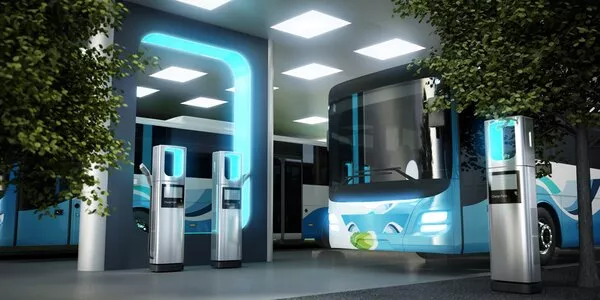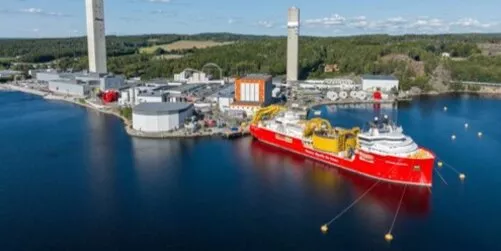
Hasang Hydroelectric Power Plant in Indonesia
Societe Generale closed the financing of another renewable project and contributed to the Indonesian power sector.
Societe Generale Corporate & Investment Banking (SG CIB) acted as Mandated Lead Arranger, Hedge Provider, Environmental & Social Bank, Modelling Bank and Offshore Security Agent for the financing of the Hasang 39 MW (net capacity) run-of-the-river hydroelectric power project located in North Sumatra, Indonesia.
According to the International Hydropower Association*, Indonesia’s technical hydropower potential is estimated at around 75,000 MW, with untapped resources concentrated on the islands of Sumatra, Java and Sulawesi. Hydropower development will be driven in part by the government’s target to increase the share of renewables in the country’s total energy use to 23 per cent by 2025.
The Project is part of the Indonesian Fast Track Program Phase II, which aims to create 10GW of additional generating capacity by 2019; hence the Project benefits from strong government support.
Total energy demand in Indonesia is expected to increase by 8.7 per cent each year up to 2024*. North Sumatra is one of the fastest growing areas in Indonesia, the supply of green source of electricity by Hasang Hydroelectric Power Plant can help deal with the country’s power shortage problem, and consequently contributing to its long term development.
With strong expertise in renewable energy project finance, SG CIB has been increasing its support on renewable energy sector in Asia Pacific over the past years. In addition to supporting the Hasang Hydroelectric Power Plant project in Indonesia, the bank has already closed several landmark renewable energy projects in the region this year, including Royalla Solar Farm project in Australia, Sanchuan Energy’s Hydropower project in China and Hornsdale WindFarm project (Stage 2) in Australia. SG CIB will continue to support our clients by involving in both mega deals and smaller projects that have a positive environmental, social and economic impact.
*Source: International Hydropower Association website http://www.hydropower.org/country-profiles/indonesia




